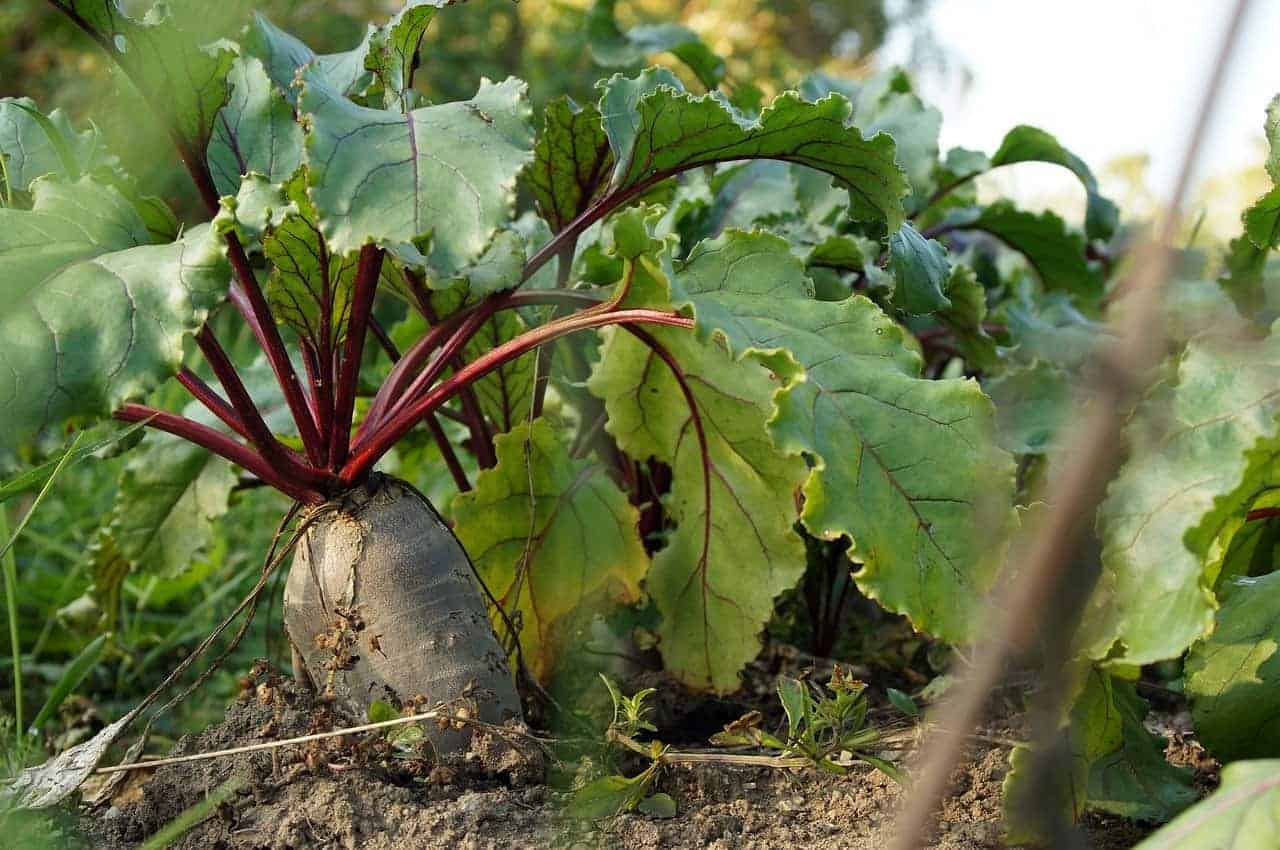I’ve grown beets successfully in shade but there are a few things you need to consider. First and foremost, the less sunlight your beets – or any vegetables – get, the slower they will grow. So while you can grow beets in partial shade, expect to wait longer until you can harvest them.
On this page:
Light Requirements for Beets
Beets are a cool weather crop but still grow best in full sun. In fact, the more sunlight, the better. Sunlight provides energy for your beets, which means more lush leafy tops and larger beet roots. Beets will also grow more quickly in full sun.
What Is Full Sun?
In the context of growing vegetables, full sun refers to direct sunlight lasting at least 6 hours. So, technically, if your beets are getting at least 6 hours of sun, they are in full sun. But if you can give them even more light, even better.
Anything under 6 hours of direct sunlight is considered growing in shade.
Growing Beets in Full Shade vs. Partial Shade vs. Dappled Shade
An important distinction needs to be made when growing beets is what type of shade you’re dealing with. 24 hours of shade is a lot different than 16 hours of shade.
Full shade means there is no direct sunlight at all. Think of a patio with an awning over it or a large tree with thick, dense foliage. The only light in full shade is indirect. It’s not recommended to grow beets in full shade. They’ll grow much more slowly, the leaves will be leggy, and overall you will have a poor crop.
Partial shade refers to an area that gets some direct sunlight. It could be a few hours or it could be only in the morning or afternoon. An example would be against an east-facing or west-facing wall, or next to side of a row of taller plants.
Beets can be grown in partial shade. I’ve done it myself by planting beets along an east-facing fence, so they received the morning sun but were shaded in the afternoon. Beets grown in partial shade will grow more slowly, but you will eventually get a harvest of beets.
Dappled shade is a type of partial shade that includes small patches of sunlight. An example would be under an overhanging trellis or under the canopy of a tree with some light passing through the branches. Beets can also be grown successfully in dappled shade, depending on how much sunlight is passing through.

The Best Types of Partial Shade for Growing Beets
If you don’t have any places where your beets can get full sun, you can still grow beets. But some types of partial shade are better than others.
Planting along an east-facing or west-facing fence or wall is almost perfect for growing beets. They can get several hours of morning or afternoon sun, which is more than enough to grow beets.
If your wall has something else in front of it, like another house a few feet away, then it gets tricky. You would have to see how many hours of sun will actually reach your beets. If you are still getting at least 3 or 4 hours of sun, it’s fine for growing beets. As always, remember that the less sun your beets get, the slower they will grow.
If you have a row of tall vegetables, like tomatoes, planting beets on either side of that row is not only suitable as a partially shaded area to grow beets, but is also a great example of companion planting and making more efficient use of space.
If you’re in an apartment and growing beets in containers, an east-facing, west-facing, or south-facing balcony is good for growing beets. If you have a north-facing balcony, it may be too shady to grow healthy beets.
